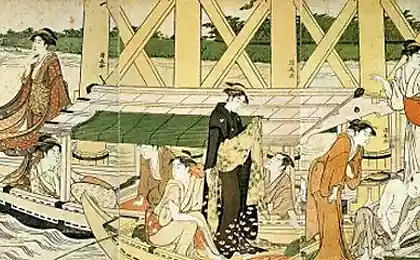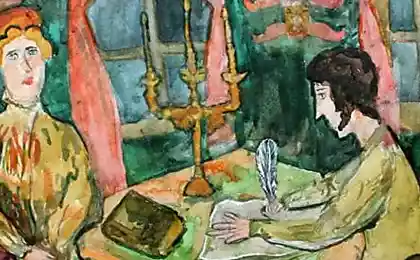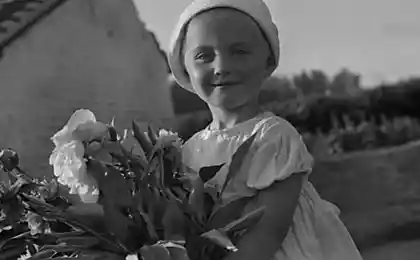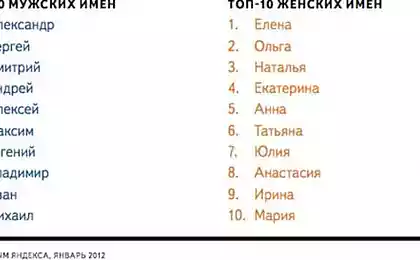223
What women's names were called nobles, and what were the simple peasants
The origin of names is very ambiguous, so disputes between historians do not cease. Many people divide names into two categories: for nobles and for peasants. Is this separation correct? Today's edition. "Site" He will answer this question and will tell you whether there is such a thing as a nobleman and peasant names for women.
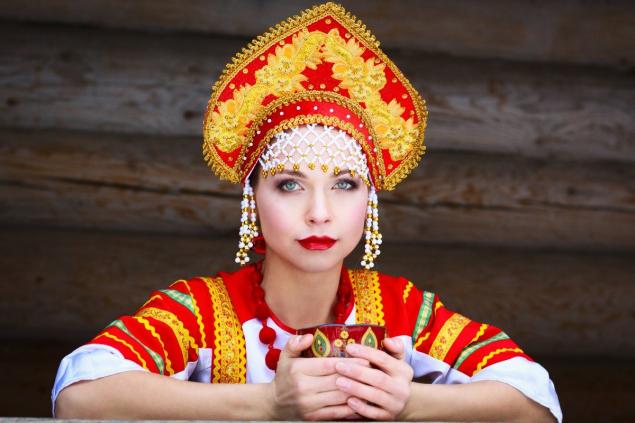
As many people know, before all children were called according to the church calendar. From the list selected names of saints according to date of birth. Interestingly, this list did not contain deliberately simple or aristocratic names. So what led to their division into peasants and nobles? Perhaps the reason is that the decision was not made only by the parents of the child. The clergyman’s opinion also held great weight in this matter.
Some names were universal and were equally common among peasant women and noblewomen. However, many names were fixed in a certain environment, then gaining popularity, then going into the past.
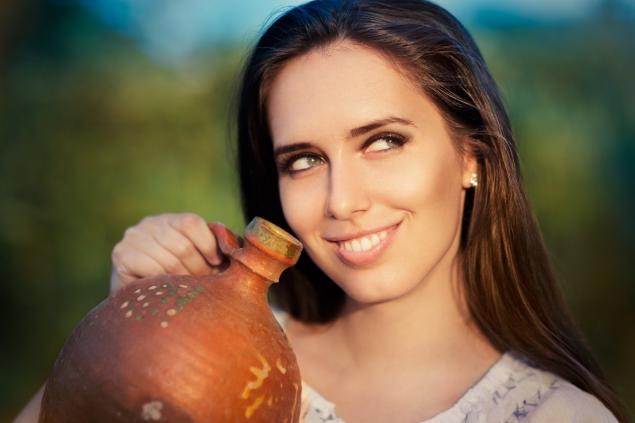
Changing Name Reputation Maria, Alexandra, Anastasia, Anna, Catherine These female names were found equally often in different classes. Interesting fact: until the XVII century it was forbidden to call a daughter in the name of the Virgin. Therefore, the option with emphasis on the first syllable was popular. And so the popular version of Mary was fixed. However, after the reform, the name Maria became allowed and went to the masses, causing a real boom. Besides, Elizabeth, Catherine and Anna were popular That's what Empresses were called. But even such a serious competition did not prevent the Marys from topping the list of the most popular noble names of the XIX century.
By the end of the century, both merchants and even ordinary peasants began to adopt fashion. The aristocrats began to turn their backs on Mary's behalf because of his simplification. The same thing happened with other female names, such as Anastasia and Anna. In the XVIII century, they were found only among noblewomen, but by the next century they became common among simpletons, receding into the background.

© Freepik Peasant names that are not found among aristocrats Nobles were rarely called such names as: Eudokia, Agafia, Martha, Daria or Matryona. They were also on the church list, but were not popular with aristocrats. The harmonious name of Daria in the early XVIII century was found in different circles, but at the end of the century so called only the daughters of merchants and peasants. In the XIX century it completely left the noble estate. Even considering what sounds beautiful and the origin is good.
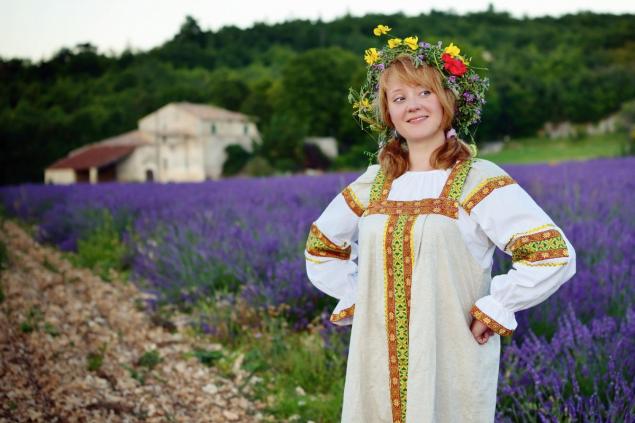
Noble names only for queens There are names that the common people did not dare to encroach on. The name Elizabeth was too royal. for peasants. Fashion for this name in noble circles appeared thanks to Peter I and his desire to imitate Europeans in everything. Elizabeth he named his youngest daughter, who later headed the throne. The lower classes did not call their daughters that. Of course, the people went a simplified form - Lisaveta, but even this option was very rare.
It seems to be the case with the name Sophia. It was also one of the most popular among aristocrats in the XVIII century. Among the commoners, this name was hardly found. Some names are very misleading. For example,The barbarian seems to us purely peasant.. But you will be surprised to learn that in the XVIII century it was called mostly nobles. It was one of the five most popular noble names of the time.

It is worth noting that initially all the names represented in the saints were considered noble. Not all of them have proven themselves properly. Now in fashion new unusual names, but they will someday become too common and will fade into the background. Does it make sense to divide female names into noble and peasant names?

As many people know, before all children were called according to the church calendar. From the list selected names of saints according to date of birth. Interestingly, this list did not contain deliberately simple or aristocratic names. So what led to their division into peasants and nobles? Perhaps the reason is that the decision was not made only by the parents of the child. The clergyman’s opinion also held great weight in this matter.
Some names were universal and were equally common among peasant women and noblewomen. However, many names were fixed in a certain environment, then gaining popularity, then going into the past.

Changing Name Reputation Maria, Alexandra, Anastasia, Anna, Catherine These female names were found equally often in different classes. Interesting fact: until the XVII century it was forbidden to call a daughter in the name of the Virgin. Therefore, the option with emphasis on the first syllable was popular. And so the popular version of Mary was fixed. However, after the reform, the name Maria became allowed and went to the masses, causing a real boom. Besides, Elizabeth, Catherine and Anna were popular That's what Empresses were called. But even such a serious competition did not prevent the Marys from topping the list of the most popular noble names of the XIX century.
By the end of the century, both merchants and even ordinary peasants began to adopt fashion. The aristocrats began to turn their backs on Mary's behalf because of his simplification. The same thing happened with other female names, such as Anastasia and Anna. In the XVIII century, they were found only among noblewomen, but by the next century they became common among simpletons, receding into the background.

© Freepik Peasant names that are not found among aristocrats Nobles were rarely called such names as: Eudokia, Agafia, Martha, Daria or Matryona. They were also on the church list, but were not popular with aristocrats. The harmonious name of Daria in the early XVIII century was found in different circles, but at the end of the century so called only the daughters of merchants and peasants. In the XIX century it completely left the noble estate. Even considering what sounds beautiful and the origin is good.

Noble names only for queens There are names that the common people did not dare to encroach on. The name Elizabeth was too royal. for peasants. Fashion for this name in noble circles appeared thanks to Peter I and his desire to imitate Europeans in everything. Elizabeth he named his youngest daughter, who later headed the throne. The lower classes did not call their daughters that. Of course, the people went a simplified form - Lisaveta, but even this option was very rare.
It seems to be the case with the name Sophia. It was also one of the most popular among aristocrats in the XVIII century. Among the commoners, this name was hardly found. Some names are very misleading. For example,The barbarian seems to us purely peasant.. But you will be surprised to learn that in the XVIII century it was called mostly nobles. It was one of the five most popular noble names of the time.

It is worth noting that initially all the names represented in the saints were considered noble. Not all of them have proven themselves properly. Now in fashion new unusual names, but they will someday become too common and will fade into the background. Does it make sense to divide female names into noble and peasant names?
Age Tasks That Will Put Your Mind in Order After the Holidays
Why add “black gold” to a layered salad


